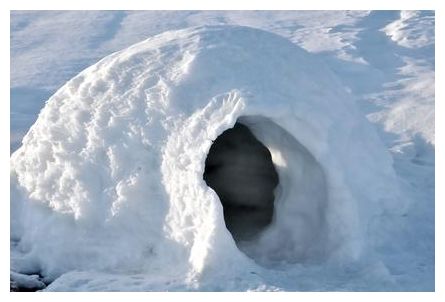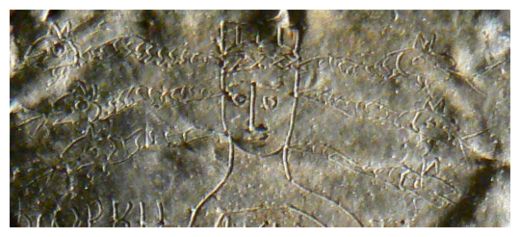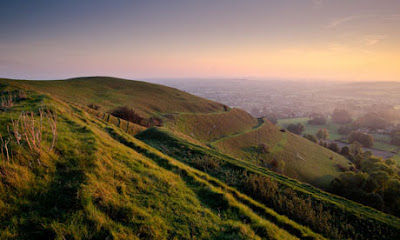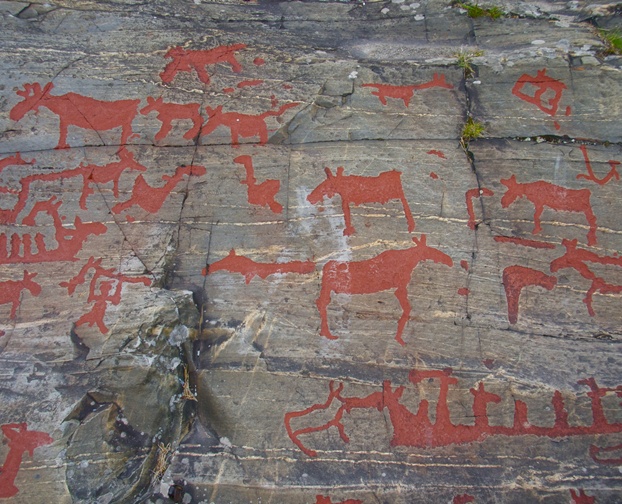
© coco/FotoliaIgloo. Establishing shared markers in the DNA of people living in the circumarctic region, scientists uncovered evidence of interactions among several tribes during the last several thousand years.
Two studies led by scientists from the University of Pennsylvania and National Geographic's Genographic Project reveal new information about the migration patterns of the first humans to settle the Americas. The studies identify the historical relationships among various groups of Native American and First Nations peoples and present the first clear evidence of the genetic impact of the groups' cultural practices.
For many of these populations, this is the first time their genetics have been analyzed on a population scale. One study, published in the
American Journal of Physical Anthropology, focuses on the Haida and Tlingit communities of southeastern Alaska. The other study, published in the
Proceedings of the National Academy of Sciences, considers the genetic histories of three groups that live in the Northwest Territories of Canada.
Establishing shared markers in the DNA of people living in the circumarctic region, the team of scientists uncovered evidence of interactions among the tribes during the last several thousand years. The researchers used these clues to determine how humans migrated to and settled in North America as long as 20,000 years ago, after crossing the land bridge from today's Russia, an area known as Beringia.
Penn houses the Genographic Project's North American research center.
"These studies inform our understanding of the initial peopling process in the Americas, what happened after people moved through and who remained behind in Beringia," said author Theodore Schurr, an associate professor in Penn's Department of Anthropology and the Genographic Project principal investigator for North America.





Comment: For a more in-depth review of the Bible and many other interesting topics, check out Laura Knight-Jadczyk's The Secret History of the World